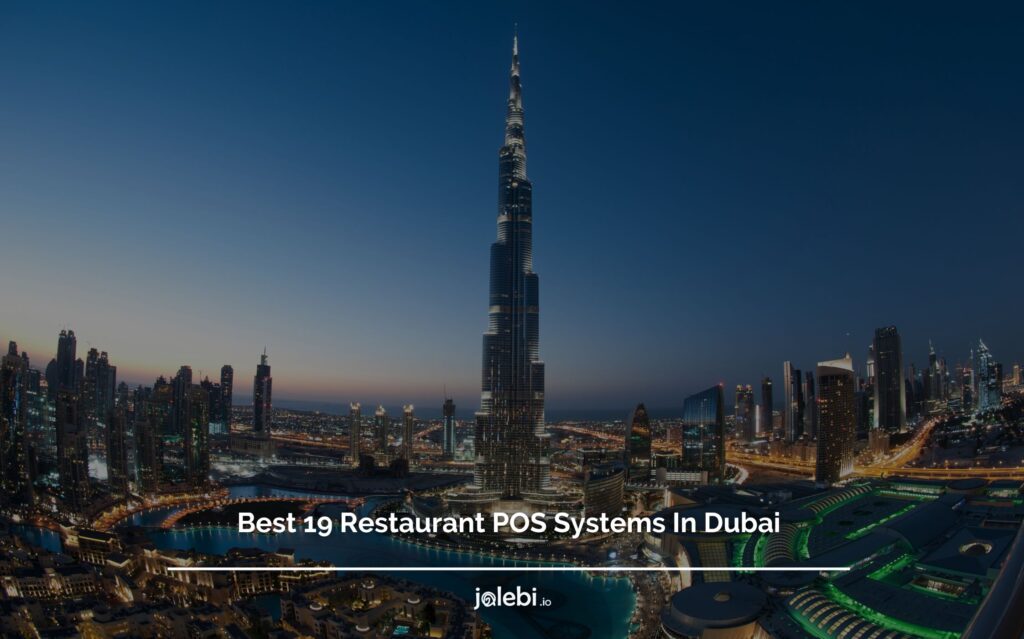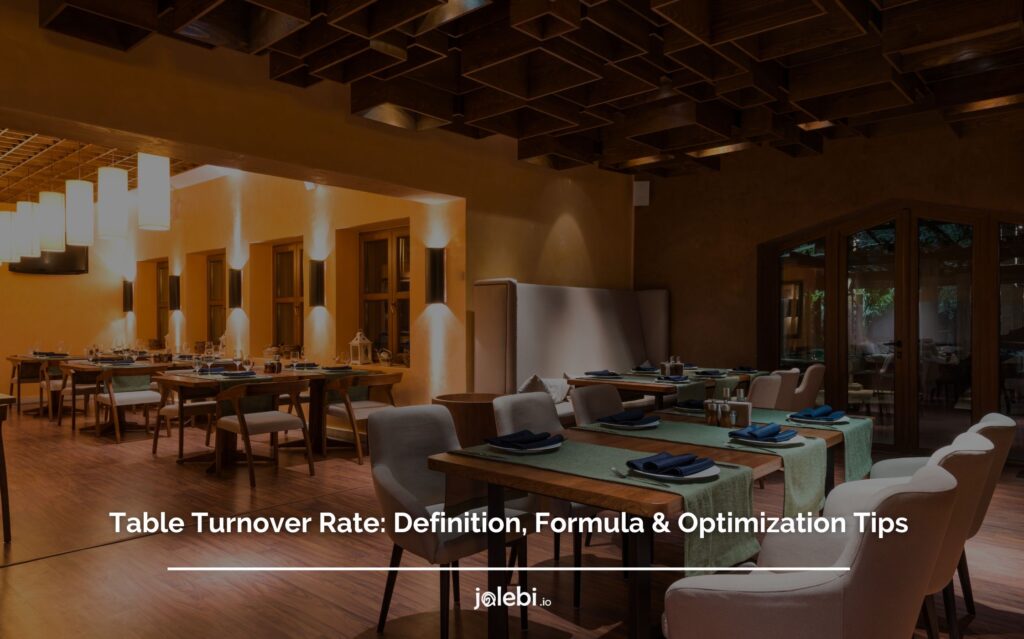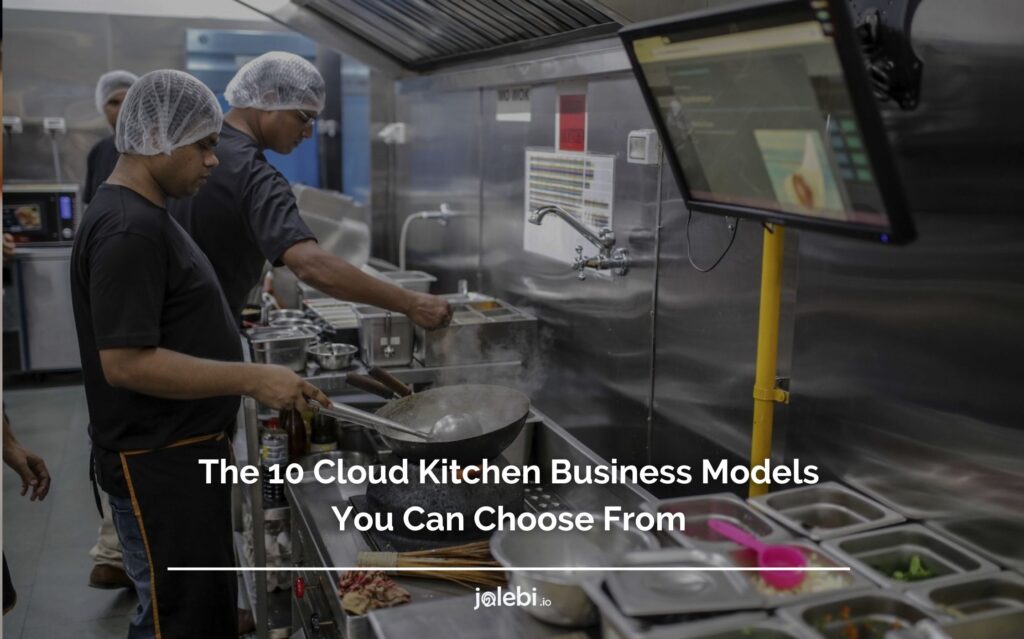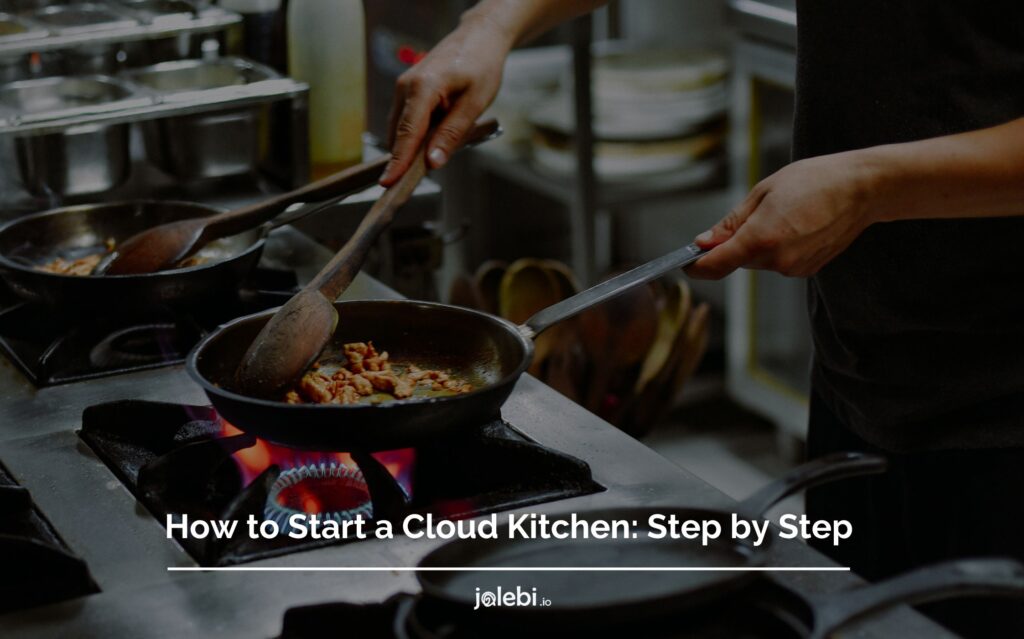Table of Contents
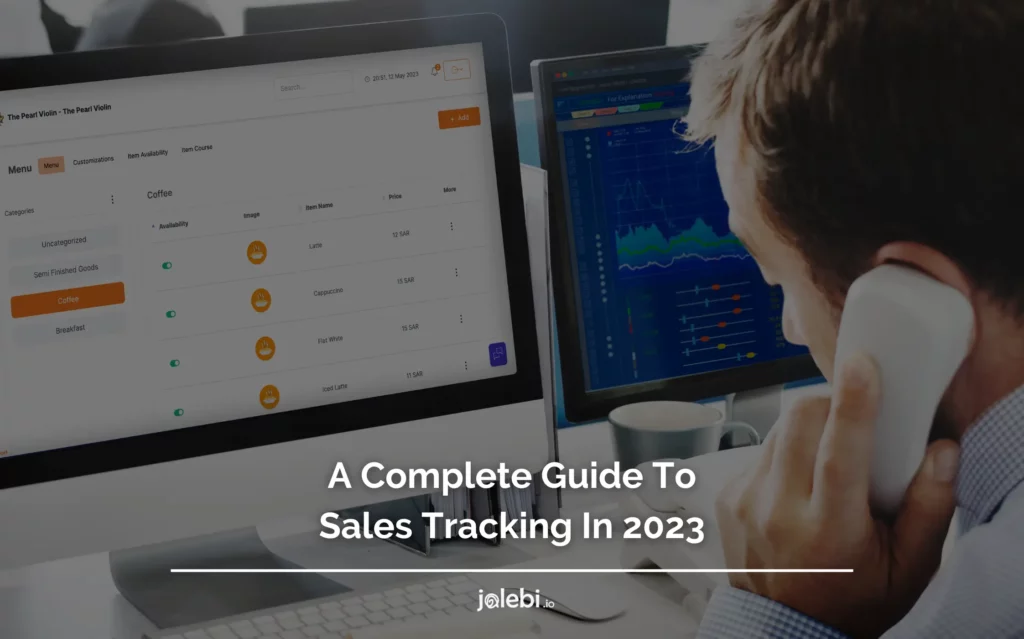
According to The National Restaurant Association, the restaurant industry sales will hit a whopping $899 billion in 2023.
Hundreds of people visit restaurants every day, but keeping track of the number of sales is hard.
Restaurants need to be able to track their sales in order to stay in business and make a profit.
However, traditional methods of tracking sales, such as manual tallying or relying on electronic point-of-sale systems, can be inaccurate and time-consuming.
It can lead to issues such as lost revenue and discrepancies between what was actually sold and what was recorded.
As a restaurant manager, sales tracking is a complex task. There are many factors to consider while tracking sales which makes it a complicated process.
Are you puzzled about the sales tracking process? Read this all-in-one guide to sales tracking that will help you clear your doubts and move towards effective sales management for your restaurant business. So let’s get started!
What Is Sales Tracking?
Sales tracking is the process of monitoring the progress of sales activities and pipeline deals. By tracking sales, businesses can see which deals are close to being finalized, what the next steps are in each deal, and where any bottlenecks are.
This information is critical for forecasting future sales and ensuring that resources are properly allocated.
According to sales tracking statistics, sales managers who keep track of their customers within the first 24 hours of customer contact witness a response rate of 50%.
Therefore making customer contact at the right time is essential for sales as per the sales tracking statistics.
Sales are the lifeblood of any business, so it’s critical to track them accurately. However, sales can be a challenge to track for a number of reasons.
- Multiple Sales
There may be a lot of sales data to keep track of, making it difficult to stay organized.
- Varying Data
Sales may vary from month to month or day to day, making it hard to predict future trends.
Why Is Sales Tracking Important?
Sales tracking is important for restaurants for a number of reasons and restaurants should start tracking their sales if they aren’t doing it already.
Here are six reasons that show why is sales tracking important for restaurants.
1- Identification Of Best And Worst Selling Items
Sales tracking is a crucial tool for any restaurant owner or manager. It helps you to quickly identify which menu items are selling well and which ones aren’t.
The information can be used to make decisions about what to keep on the menu and what to remove.
If you’re not tracking sales, you’re essentially flying blind. You won’t know which dishes are popular with your customers and which ones they’re ignoring.
It can lead to big problems down the road, as you could end up keeping unpopular items on the menu while removing popular ones.
With our visualization tools, you can see what items are selling well and which ones aren’t performing as well. This information can help you make decisions about what to keep on your menu and what to change.
2- Customer Ordering Pattern Analysis
Wondering why is sales tracking important? By tracking sales businesses can identify trends in customer ordering patterns.
In today’s competitive marketplace, businesses need to be able to react quickly to changes in customer demand.
Tracking sales data is one of the best ways to stay ahead of the curve. By understanding customer ordering patterns, businesses can make adjustments to their operations to ensure they are meeting customer needs.
3- Insight Into Restaurant’s Financial Stability
Restaurants can gather valuable data that can assist in assessing the financial health of the restaurant by accurate tracking of sales. The sales data can help identify areas where the business may be overspending or opportunities for increased revenue.
In short, by tracking and analyzing sales data, restaurants can make more informed decisions about their overall finances and operations.
If you’re looking for sales tracking software, partner with jalebi today.
jalebi’s restaurant management system provides you with insight into your sales data through its insightful reporting that measures the true cost of food.
4- Recognition Of Problems Early On
By monitoring sales data, restaurant owners and managers can quickly identify any problems that may be arising.
It allows them to take corrective action quickly and prevent small issues from turning into bigger ones.
For example, if sales are declining, the problem may be with the food, service, or ambience.
Therefore, sales tracking software is an essential tool for any restaurant business.
5- Streamlined Inventory Management
As a restaurant owner, you know that streamlining inventory management is crucial to keeping your business running smoothly. Tracking sales data can be a helpful tool in this process.
Additionally, it can help ensure that you have enough of your most popular items on hand to meet customer demand.
In short, tracking sales data can be a valuable asset in efficiently managing your restaurant’s inventory.
Now that you know why is sales tracking important, if you’re looking for a restaurant management system that can help you keep track of your inventory and sales data, then jalebi is the perfect solution for you.
With Jalebi, you can easily integrate your inventory with your restaurant’s menu, making it easy to manage and track. Contact us today for more information!
6- Increased Customer Satisfaction
89% of customers are more likely to make another purchase after having a positive experience with a business. Tracking sales can have a big impact on customer satisfaction.
By tracking consumer behavior, businesses can see which products are selling well and which ones aren’t. This information can then be used to improve customer service.
For example, if your business is seeing that a particular product is selling well, it’s definitely in your best interest to stock more of it or offer discounts or loyalty programs for it.
Why? Because having loyal members is going to boost your sales in the long run. Keep your customers happy and they’ll keep coming back for more – it’s as simple as that!
Conversely, if a business sees that a product isn’t selling well, it may decide to stop carrying it altogether. Tracking sales data can also help businesses identify trends.
For instance, if a business notices that sales of a certain type of product are increasing, it may decide to start carrying more products in that category. By carrying more products for popular dishes, businesses can boost customer loyalty in no time.
All of the consumer behavior data can be extremely useful in boosting customer satisfaction.
[bannerb]
What Happens When Restaurants Don’t Track Sales?
When restaurants don’t track sales, they’re essentially flying blind in a rapidly changing and highly competitive industry. Proper sales tracking is the backbone of effective restaurant management.
Without it, restaurants miss out on essential insights and can make uninformed decisions that could be detrimental to their business.
Here are the potential ramifications when restaurants don’t track sales:
- Lack of Informed Decision-Making
Without sales tracking, it’s impossible for restaurants to make informed decisions about their menu, pricing, promotions, and more.
They can’t know which dishes are best-sellers and which ones are lagging, leading to inefficiencies and potential financial losses.
- Ineffective Inventory Management
Tracking sales is intrinsically linked with inventory management. If a restaurant doesn’t know how many dishes they’re selling, they won’t know how much inventory to order.
This can lead to either stockouts or waste due to overstocking.
- Missed Trends
The restaurant industry is trend-driven.
- Financial Discrepancies
Without a clear overview of sales, financial discrepancies can go unnoticed. This can be due to errors, theft, or other issues. Regular sales tracking acts as a form of checks and balances.
- Inability to Forecast
Forecasting helps restaurants prepare for busy periods, determine staffing needs, and decide on inventory.
Without sales tracking, forecasting becomes guesswork, leading to potential understaffing or overspending.
With the myriad of tools available today, from sophisticated software solutions to simple point-of-sale systems, tracking sales has never been easier.
Those who opt not to are missing out on valuable insights and opportunities for growth.
Best Ways To Track Sales In 2023
Assuming you have a point-of-sale system, there are a few best ways to track sales.
- Track Inventory
The first is by tracking inventory levels. With each sale, the POS system should update the quantities of each item sold.
By regularly checking these quantities, you can get an idea of how many items are selling and which ones are selling the most.
- Analyze Your Sales Report
One of the best ways to track sales is by looking at your sales reports.
Most POS systems generate reports that show things like total sales for a certain period of time or sales by product type.
These reports can give you valuable insights into which products are selling well and which ones aren’t.
- Track Customer Behavior
Finally, you can also track customer behavior with your POS system. It is one of the best ways to track sales.
Many systems allow you to track how often customers make purchases, what types of products they buy, and how much they spend on average.
This insight on the best ways to track sales can be helpful in understanding your customer base and what kinds of products they’re interested in.
Measure Sales In A Restaurant With Jalebi
In the highly competitive restaurant industry, having a clear understanding of your sales metrics is vital.
For eateries that aim to succeed, it’s essential to have tools that can measure sales in a restaurant effectively and efficiently.
Introducing jalebi’s restaurant management platform—a tool designed to measure sales in a restaurant.
Jalebi’s platform isn’t just about presenting sales data; it’s about enhancing the entire sales process.
Here are some of jalebi’s features that support sales tracking:
- Order management
- Insightful reporting
- Sales data visualization
To truly measure sales in a restaurant effectively, a holistic approach is needed. One that not only presents numbers but makes sense of them.
With jalebi’s restaurant management platform, restaurateurs can unlock the power of sales analytics, leading to smarter decision-making and greater profitability.
Don’t just measure—excel with jalebi.
Final Thoughts
If you’re not already tracking sales for your restaurant business, now is the time to start. Doing so will help you see just how much your business is growing and where you may need to make changes.
So get started today and witness your business growth scale in no time!
Frequently Asked Questions
1. How do you track sales data?
One way is to use sales tracking software, which can be purchased from various companies. This type of software typically includes features such as the ability to track customer information, create invoices and quotes, and manage inventory.
Another way to track sales data is to use a spreadsheet program such as Microsoft Excel. This method requires more manual input but can be useful for small businesses or those just starting out.
Finally, some businesses choose to hire a dedicated sales manager who is responsible for tracking sales data and keeping records up-to-date. This option can be costly but may be worth it for larger organizations.
2. Which tools are used for tracking data?
3. What is an example of data tracking?
Cookies are small pieces of data that are stored on your computer when you visit a website.
They are used to track your online activity and can be used to remember your preferences or even login information.
Many websites use cookies to track their users and this information can be very valuable to businesses.

